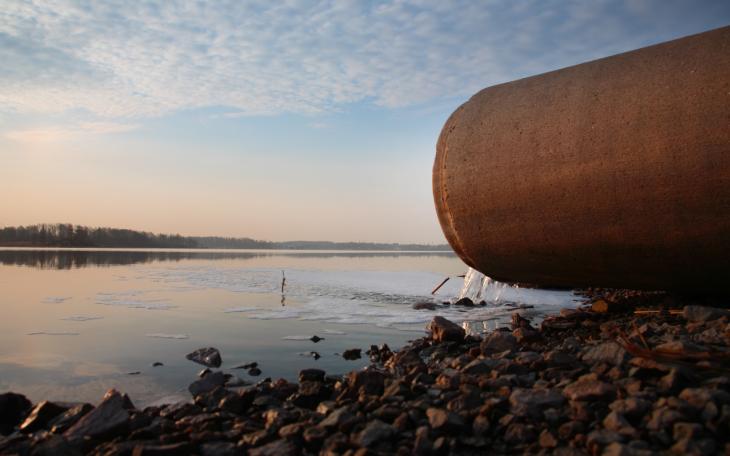Plan for Water: A fresh start or more of the same?

With the local election countdown now underway, as well as the political scandals coming out of Westminster and Holyrood, you would be forgiven for missing the major announcement to have come out of Defra this week. On Tuesday morning the Environment Secretary, Thérèse Coffey, was back at the London Wetland Centre to announce the government’s ‘Plan for Water’, the new(ish) integrated approach to tackle sewage discharge and water shortages.
The timing of this announcement is no great surprise given the upcoming local elections. Sewage discharge is a huge issue of concern in Conservative heartland seats, and so the government will be hoping both that the plan works, and that it neutralises a politically challenging issue.
Critics of the plan have been very quick to point out that it was only last August that George Eustice announced the “toughest targets ever” as part of a new plan to crack down on sewage spills. This is also the third time that the government has announced plans to ban wet wipes. However, within the 84 pages published on Tuesday, there are some important things to consider and reasons to be hopeful.
Even by the Secretary of State’s admission, this plan is not going to stop the need for storm overflows overnight. To do so the government and water companies would either have to completely rebuild the nation’s Victorian sewer system to separate rain water from foul waste (an estimated 100,000km of combined sewers in England alone) or build the equivalent of 40,000 Olympic swimming pools in additional storage capacity. The estimated costs in doing all of this could be as high as £600 billion and is not viable for government or the sector.
What the plan does offer however, is for the first time, a joined-up approach to water management. From the perspective of water companies and the sewage infrastructure the government announced £1.1 billion of new investment to stop discharges at some of the most critical sites across the country, amounting to 10,000 discharges per year. Further to this, water companies are investing £56 billion over the next 25 years to further upgrade the network.
To mirror this, the government announced unlimited fines for companies who continue to pollute. These will be easier to impose through the civil courts and will be matched with closer monitoring of discharge sites. The revenue of these fines is ring-fenced and is being reinvested in further measures to clean up waterways through the new “Water Restoration Fund”.
All this aside, the plan goes beyond just water companies and looks to tackle other long term challenges to nature. For farmers and land managers there is £34 million that has been ring-fenced as part of a new Slurry Infrastructure Grant, something that will help farms prevent water pollution through improved slurry storage, as well as promote the use of organic nutrients on farms. Funding has also been made available to help with water management, with improvements to water storage and irrigation. This aims to help increase the countries water resilience and move water from wetter parts of the country to those that are drier, as well as alleviating the harm of dry summers like we saw last year.
It is fair to say that much of this plan is subject to further consultation and detail but there is material in there which looks to tackle some of the country’s long term issues related to water. As previously mentioned, much of our sewage network is from the Victorian era and the last major reservoir to be built in England was opened in 1992.
The acid test, however, is whether the plan will work in the eyes of voters. The issue has become a key political battleground, and with local elections next month in many of the traditional Conservative coastal and shire councils, it is debatable whether the plan does enough to stem the flood of voters leaving the party on 4th May.








